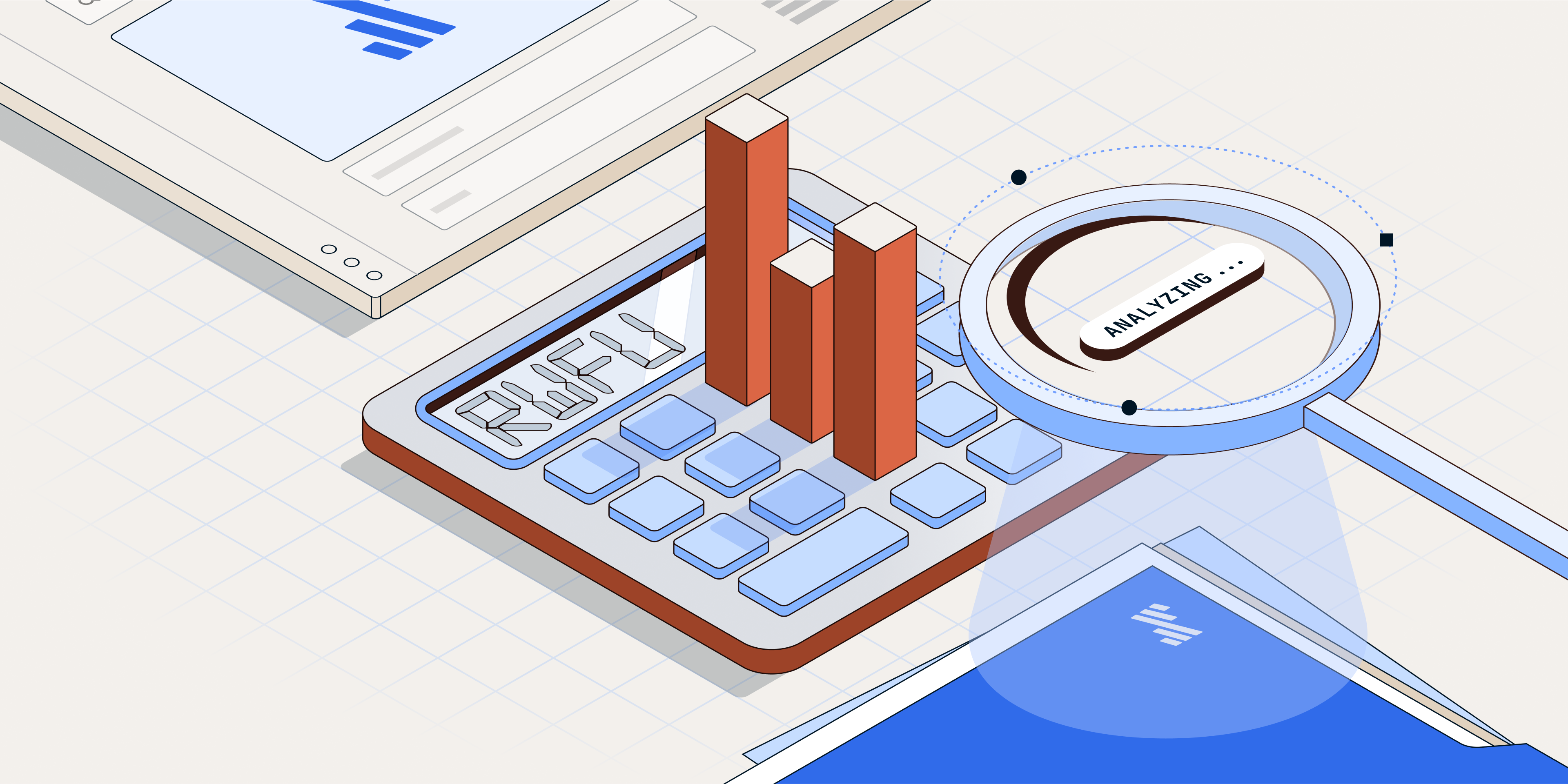At Fivetran, we’re in the business of data. So it probably goes without saying that as a product team, we take our own use of data seriously. Understanding which features our customers use and how much value they get from them are important measures as we build our roadmap. But measuring raw feature adoption alone can be misleading, especially when your product is evolving rapidly or serves a wide range of customer segments.
For example, we have features that nearly every account uses but that contribute no direct revenue (role-based access control is a great example). Conversely, some features are adopted by far fewer accounts but are indispensable to our largest customers (like customer-managed encryption keys). Looking at account adoption or revenue alone, you might draw the wrong conclusions in both cases.
That’s why our product and analytics teams use a metric we call revenue-weighted feature usage, or RWFU (endearingly pronounced “roo-foo”). Standardizing around this metric has changed the way we assess the health and performance of our product.
While the concept of weighting usage by customer value isn’t brand new, it’s not often operationalized at scale. However, at Fivetran, we’ve made RWFU a standard part of how we evaluate the success of our product and feature launches. It’s integrated into dashboards, north star metrics, and roadmap reviews. This structured approach helps us bring a more impact-oriented lens to every product decision.
What is RWFU?
Revenue-weighted feature usage measures the proportion of total revenue that comes from accounts actively using a feature within a given period. Formally, it's:
RWFU = r / R
Where:
- r is the revenue from accounts using the feature
- R is total revenue from all accounts
In other words, it’s not just how many customers are using something — it’s which customers. RWFU helps us understand which features are resonating with our highest-value accounts.
Why RWFU matters
Many features have uneven adoption: some appeal more to enterprise customers while others are useful for smaller teams or specific verticals. Looking only at raw adoption can make a feature look like a success or a failure depending on the audience.
If a new feature has low account-level adoption but high revenue-weighted usage, we know it's hitting home with our largest customers. That’s a strong signal to invest further. Conversely, if the RWFU is low despite broad account adoption, it may indicate the feature isn’t moving the needle for our most intensive users.
How Fivetran uses RWFU to complement traditional adoption metrics
We track RWFU alongside more traditional metrics like:
- Account-weighted usage: This is the share of accounts using a feature.
- Engagement: This refers to the intensity or frequency of use.
- Revenue: How much actual revenue is this feature generating? This is especially relevant to how we look at connector adoption, as some connectors are very highly adopted but drive minimal revenue because the number of rows synced is very small.
Together, these metrics give us a fuller picture of product adoption. For example, we can look at adoption of our REST API. Account-weighted usage of our API is about 11%, but RWFU is 38%. This is a massive difference, and it helps us justify continued investment since the feature is used by customers with the largest use cases.
We’ve found RWFU particularly valuable in these 3 scenarios:
- Early-stage features: This is where absolute usage is low but early signals from high-revenue accounts are strong.
- Feature deprecation: This helps us identify whether low-use features are still important to key accounts.
- North Star metric / OKR setting: This ties adoption goals to revenue impact instead of just user counts, which helps teams focus on what matters most.
Operationalizing RWFU to turn raw data into revenue signals
If you're a PM or analytics leader and want to explore RWFU in your own product, start with the basics:
- Define your features and track monthly usage at the account level.
- Join that data with revenue by account.
- Divide and trend over time. You might be surprised at what you uncover.
- Compare to traditional metrics for a full picture.
RWFU is most relevant for teams that:
- Serve diverse customer segments with varying revenue contributions
- Have the telemetry to measure feature usage at the account level
- Can join that feature usage with revenue data
At Fivetran, we use our own platform internally to centralize this telemetry, making RWFU operational at scale. Without that data foundation, the metric can’t be reliably applied.
Overall, RWFU isn’t the only metric you need — but it’s a powerful addition to your toolkit when paired with account-weighted adoption, engagement, and other customer value signals.
Interested in joining our team? We’re hiring for PM roles in the US, Canada, and India.









